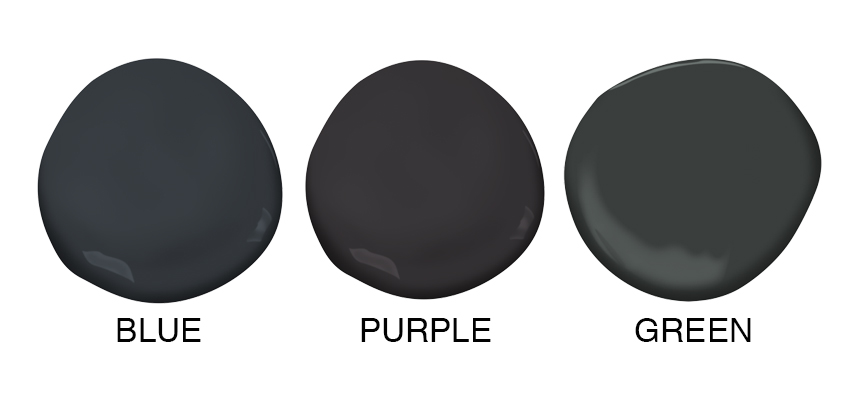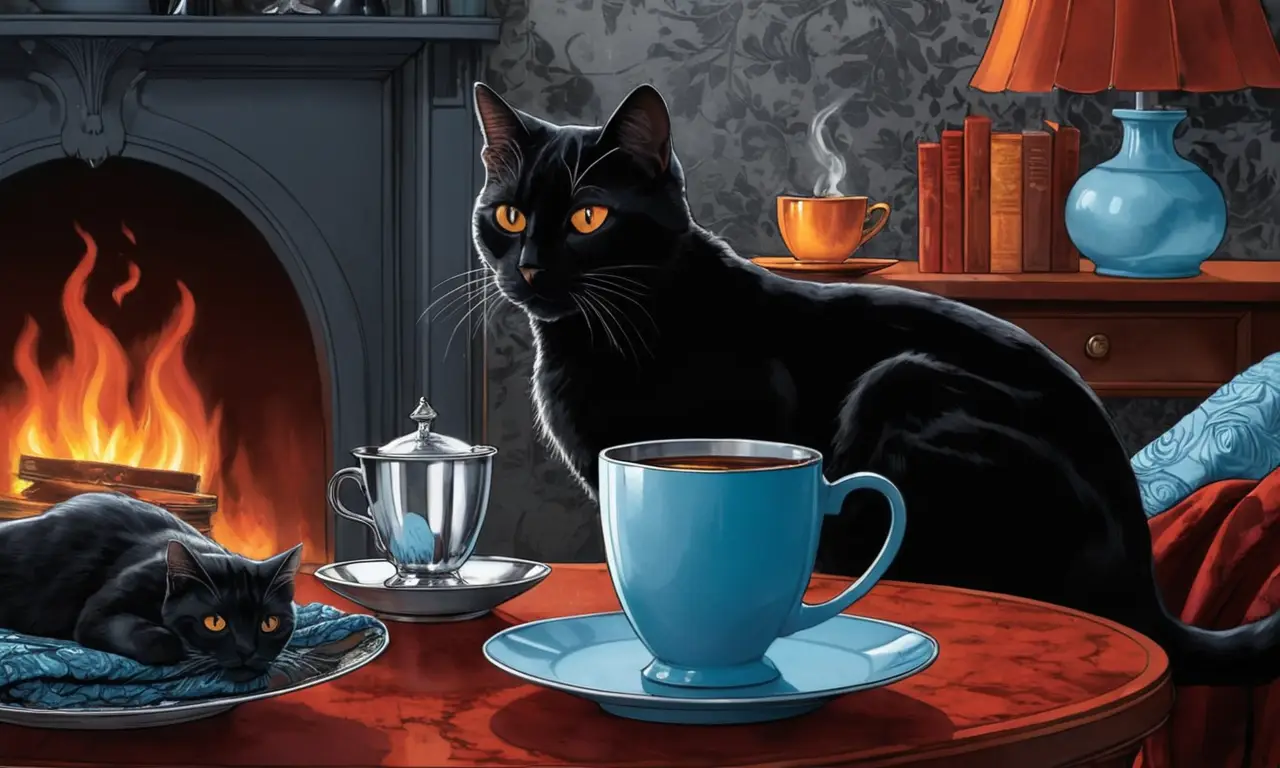
Black, a color often considered neutral and straightforward, can actually possess hidden depths. While it may appear uniform at first glance, warm black vs cool black variations exist, each imbued with subtle undertones that influence its overall perception. These nuances can significantly impact how we feel about a space, an outfit, or even a piece of art. This article delves into the fascinating world of black’s hidden tones, exploring the differences between warm and cool black hues and their psychological effects.
This exploration will begin by defining is black a warm or cool color and examining the concept of undertones. We’ll then delve into specific examples of warm black and cool black shades, analyzing their characteristics and applications. Finally, we’ll discuss the psychological impact of these different black variations on our emotions and perceptions.
Warm Black vs Cool Black
The distinction between warm and cool black lies in the pigments used to create them. Warm black incorporates brown or red undertones, lending it a cozy, inviting, and sometimes even rustic feel. Conversely, cool black shades lean towards blue or gray tones, resulting in a more sophisticated, elegant, and often dramatic appearance.
This subtle difference in undertones can dramatically alter the perceived mood of a space. A room painted with warm black might feel welcoming and intimate, perfect for cozy evenings spent with loved ones. In contrast, a cool black accent wall could add a touch of modern sophistication to a minimalist living room.
Understanding Undertones

Undertones are the subtle color hints that exist beneath the surface of a primary color. They can significantly influence how a color appears in different lighting conditions and alongside other hues. When it comes to black, undertones can be particularly impactful as they often determine whether the black appears warm or cool.
For example, a black with brown undertones will appear warmer, while a black with blue undertones will appear cooler. Recognizing these subtle variations allows for more informed color choices that create the desired aesthetic effect.
Identifying Undertones
Observing how a black shade interacts with other colors can help identify its undertones. A warm black might appear to harmonize better with earthy tones like brown, beige, and terracotta. Conversely, a cool black might complement blues, grays, and even metallic accents.
Warm Black Hues
Warm black hues are characterized by their reddish or brownish undertones, creating a sense of warmth and coziness. These shades often evoke feelings of comfort, security, and nostalgia.
Applications of Warm Black
Warm black is versatile and can be incorporated into various design schemes. It pairs beautifully with natural materials like wood and leather, adding a touch of rustic charm to interiors. In fashion, warm black can create a sophisticated yet approachable look when paired with earthy tones or soft textures.
Cool Black Shades

Cool black shades lean towards blue or gray undertones, resulting in a more sophisticated and elegant appearance. These hues often evoke feelings of calmness, luxury, and modernity.
Applications of Cool Black
Cool black is ideal for creating a sleek and contemporary aesthetic. It pairs well with metallic accents, crisp whites, and bold pops of color. In fashion, cool black can create a dramatic and chic look when paired with structured silhouettes and minimalist accessories.
Color Psychology of Black
Black has long been associated with various psychological effects, both positive and negative. Its perceived neutrality can make it adaptable to different contexts, but its inherent darkness also carries symbolic weight.
Positive Associations
Black can symbolize power, sophistication, elegance, and mystery. It is often associated with confidence, authority, and a sense of control. In fashion, black can convey a sense of timeless style and understated luxury.
Negative Associations
Black can also be associated with negativity, such as sadness, grief, fear, and the unknown. Its darkness can evoke feelings of isolation, emptiness, or even danger.
Conclusion
Understanding the nuances of warm black vs cool black opens up a world of possibilities for creative expression and design choices. By recognizing the subtle differences in undertones and their psychological effects, we can harness the power of black to create spaces, outfits, and artworks that evoke specific emotions and atmospheres. Whether seeking warmth and coziness or sophistication and elegance, exploring the spectrum of black hues allows us to unlock its full potential.
